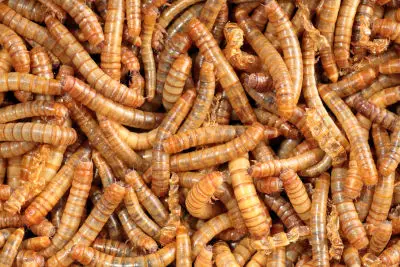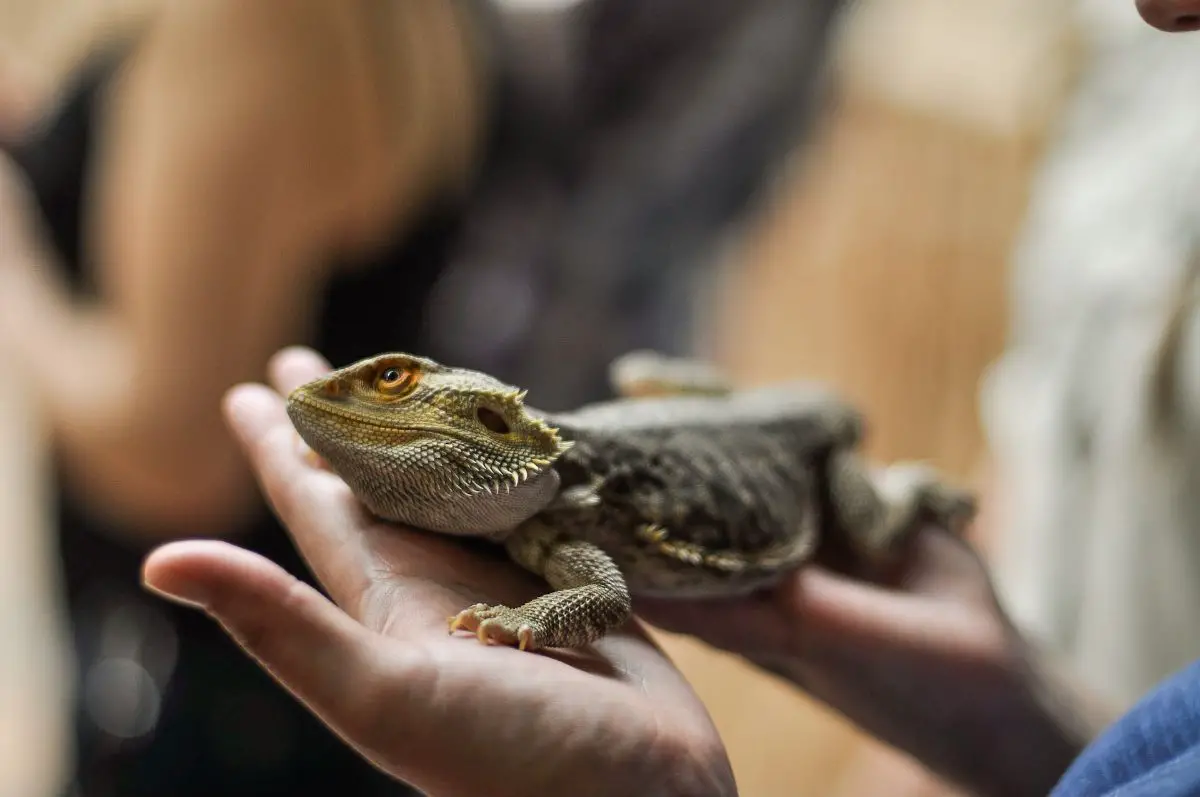Can Touching a Lizard’s Skin Transmit Diseases?
Touching a lizard’s skin may seem like a harmless act, but some people may wonder if it can cause any diseases. Lizards are commonly found in many parts of the world, and people may come into contact with them in various ways, such as handling them as pets or encountering them in the wild. While some lizards may carry harmful bacteria or parasites, the risk of contracting a disease from touching their skin is generally low.
One of the potential risks of touching a lizard’s skin is the transmission of Salmonella bacteria. Reptiles, including lizards, can carry Salmonella in their feces, and the bacteria can easily spread to humans through direct contact or contaminated surfaces. According to the Centers for Disease Control and Prevention (CDC), Salmonella infections from reptiles are responsible for more than 70,000 illnesses in the United States each year. However, not all lizards carry Salmonella, and the risk of infection can be minimized by practicing good hygiene, such as washing hands thoroughly after handling lizards or their enclosures.
| Are these foods dangerous for your Beardie? | |
| Avacado? Click here to learn, from this guide, if this food is dangerous |  |
| Superworms? Click here to learn, from this guide, if this food is dangerous |  |
Overall, while touching a lizard’s skin may carry some risks, the likelihood of contracting a disease is generally low. However, it is important to be aware of the potential risks and take appropriate precautions to minimize them. By practicing good hygiene and avoiding contact with sick or wild lizards, people can safely enjoy the company of these fascinating creatures.
Understanding Zoonotic Diseases
Definition of Zoonosis
Zoonotic diseases are those that can be transmitted from animals to humans. These diseases can be caused by bacteria, viruses, fungi, parasites, and other microorganisms. Zoonotic diseases can be contracted through various means, including direct contact with animals, consumption of contaminated food or water, inhalation of airborne particles, or through insect bites.
Modes of Transmission
The transmission of zoonotic diseases can occur through various modes. Direct contact with infected animals or their bodily fluids is a common mode of transmission. For instance, touching a lizard’s skin or coming into contact with its feces can lead to the transmission of Salmonella bacteria.
Consumption of contaminated food or water is another way in which zoonotic diseases can be transmitted. For instance, consuming raw or undercooked meat can lead to the transmission of various diseases, including Toxoplasmosis and E. coli.
Inhalation of airborne particles is another mode of transmission. For instance, inhaling dust contaminated with fungal spores can lead to the transmission of diseases such as Histoplasmosis.
It is important to note that not all animals carry zoonotic diseases, and not all humans who come into contact with infected animals will contract the disease. However, it is important to take necessary precautions when handling animals or consuming animal products to prevent the transmission of zoonotic diseases.
Lizard-Associated Diseases
Lizards are fascinating creatures, but they can also carry diseases that can be transmitted to humans. It is important to take precautions when handling lizards or coming into contact with their skin or feces.
Salmonellosis
Salmonellosis is a type of food poisoning caused by the Salmonella bacteria. Lizards, including pet reptiles, can carry this bacteria in their digestive tracts and shed it in their feces. Humans can become infected with Salmonella by coming into contact with contaminated surfaces, such as the skin or feces of infected lizards.
Symptoms of salmonellosis include diarrhea, fever, and abdominal cramps. In severe cases, it can lead to dehydration and hospitalization. To prevent salmonellosis, it is important to wash your hands thoroughly with soap and water after handling lizards or their enclosures.
Campylobacteriosis
Campylobacteriosis is another type of bacterial infection that can be transmitted from lizards to humans. This infection is caused by the Campylobacter bacteria, which can be found in the digestive tracts of lizards.
Symptoms of campylobacteriosis include diarrhea, fever, and abdominal pain. In severe cases, it can lead to dehydration and hospitalization. To prevent campylobacteriosis, it is important to practice good hygiene when handling lizards or their enclosures.
In conclusion, while lizards can be fascinating creatures to observe and interact with, it is important to be aware of the potential risks associated with handling them. By taking simple precautions and practicing good hygiene, you can minimize your risk of contracting lizard-associated diseases.
Prevention and Safety Measures
Proper Handling

Person holding a Bearded Dragon.
Proper handling of lizards is crucial to avoid any potential risks associated with touching their skin. It is important to note that some species of lizards may carry harmful bacteria or viruses, which can cause infections or diseases. Therefore, it is recommended to avoid handling wild lizards and seek professional help if necessary.
When handling pet lizards, it is important to ensure that they are properly restrained to avoid any injuries to both the lizard and the handler. Handlers should wear gloves to protect their hands and prevent any potential transmission of diseases. In addition, handlers should avoid touching their face or mouth while handling lizards and wash their hands thoroughly after handling them.
Hygiene Practices
Maintaining good hygiene practices is essential to prevent the transmission of diseases associated with touching a lizard’s skin. Handlers should clean and disinfect any surfaces or objects that come into contact with the lizard, such as cages, feeding dishes, and toys. It is recommended to use a disinfectant that is safe for reptiles and follow the manufacturer’s instructions for use.
Handlers should also practice good personal hygiene, such as washing their hands thoroughly with soap and water before and after handling a lizard. If a handler experiences any symptoms of illness after handling a lizard, such as fever, diarrhea, or vomiting, they should seek medical attention immediately.
In conclusion, proper handling and hygiene practices are crucial to prevent the transmission of diseases associated with touching a lizard’s skin. Handlers should take necessary precautions to ensure their safety and the safety of the lizard.